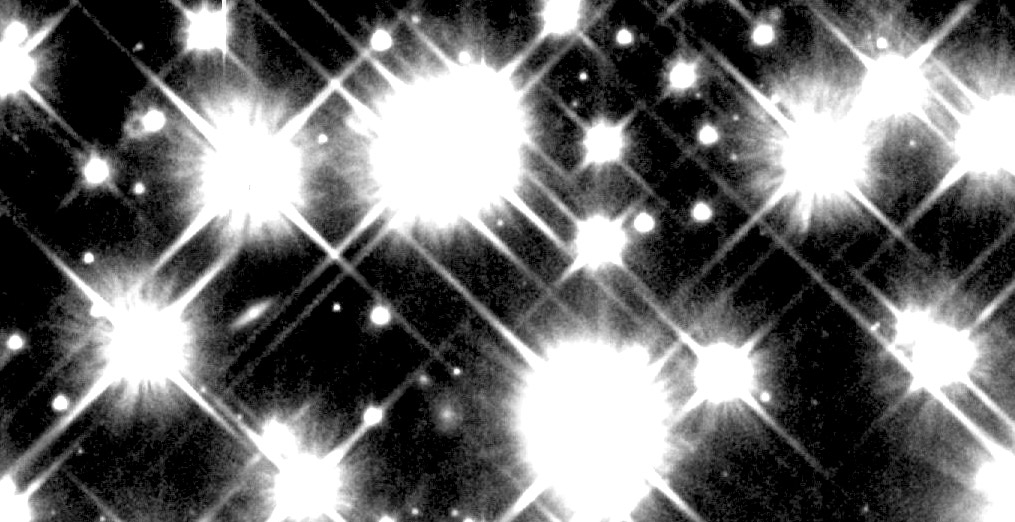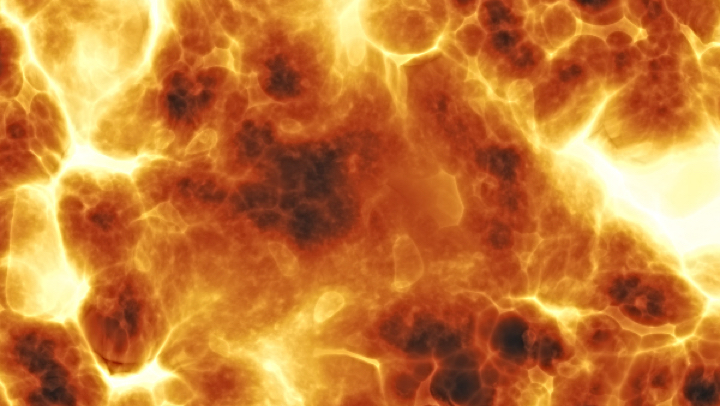theory of relativity
Albert Einstein’s famous thought experiments led to groundbreaking ideas.
Astronomers make the first direct observation of a phenomenon predicted by Albert Einstein’s theory of general relativity.
Scientists produce a value for the cosmic microwave background that will definitely prove or disprove that the speed of light used to be higher.


